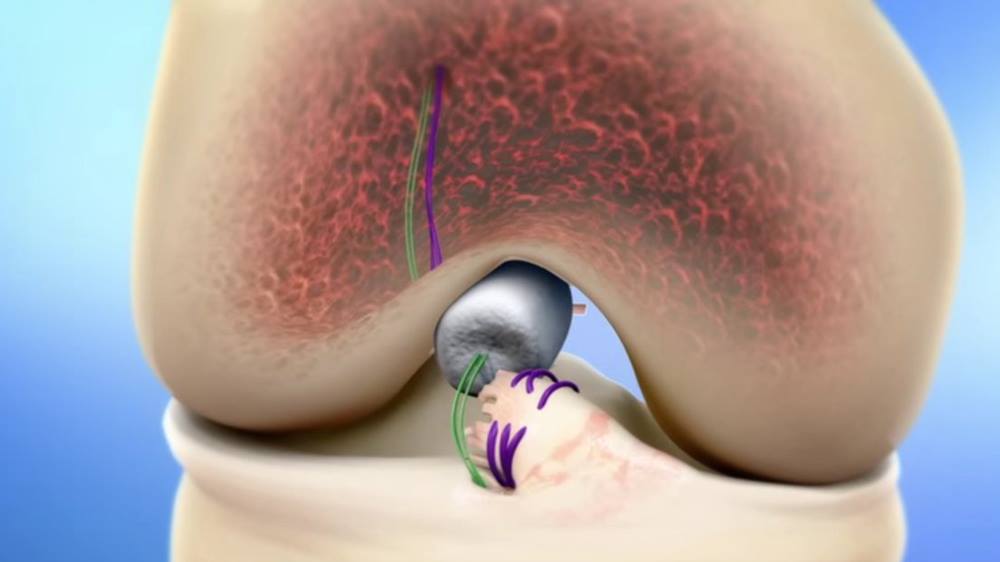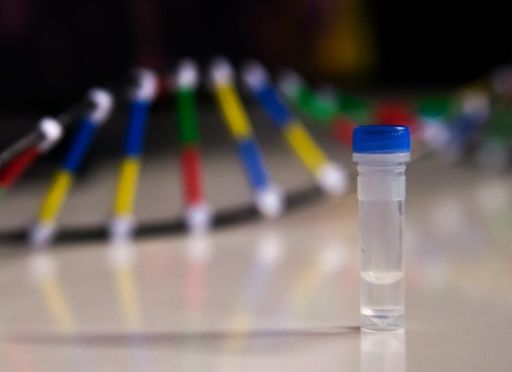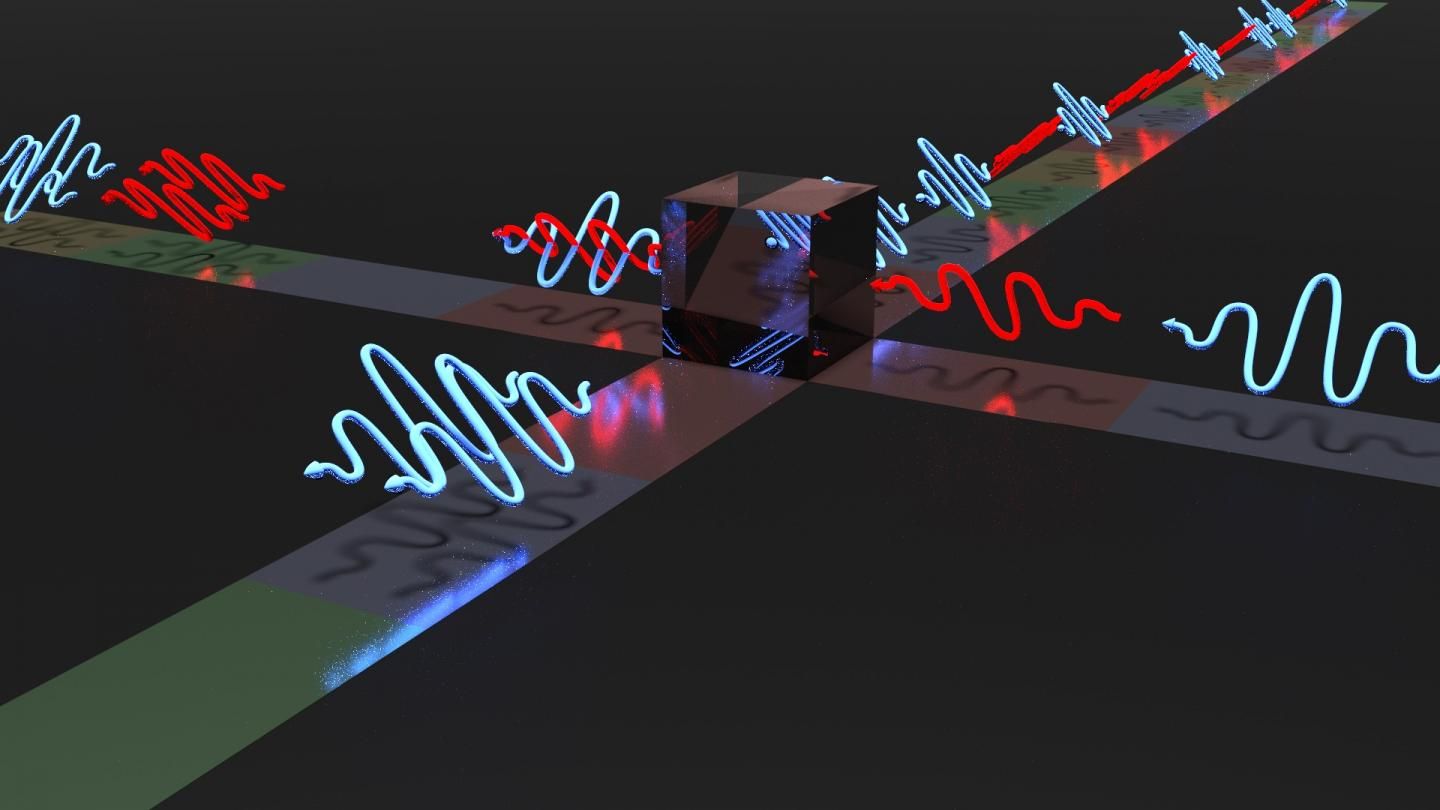Page 11292
Apr 5, 2016
Chat bots, conversation and AI as an interface — By Benedict Evans | ben-evens.com
Posted by Odette Bohr Dienel in category: robotics/AI

“Chat bots tap into two very current preoccupations. On one hand, the hope that they can actually work is a reflection of the ongoing explosion of AI, and on the other, they offer a way to reach users without having to get them to install an app.”
Tag: communication
Apr 5, 2016
How to Think Exponentially and Better Predict the Future
Posted by Karen Hurst in categories: Ray Kurzweil, singularity
Reshaping how you think about the future:
“The future is widely misunderstood. Our forebears expected it to be pretty much like their present, which had been pretty much like their past.” –Ray Kurzweil, The Singularity Is Near
We humans aren’t great predictors of the future. For most of history, our experience has been “local and linear.” Not much change occurred generation to generation: We used the same tools, ate the same meals, lived in the same general place.
Continue reading “How to Think Exponentially and Better Predict the Future” »
Apr 5, 2016
Invading the brain to understand and repair cognition
Posted by Karen Hurst in categories: biotech/medical, cyborgs, neuroscience
April 5, 2016, New York — People are using brain-machine interfaces to restore motor function in ways never before possible — through limb prosthetics and exoskletons. But technologies to repair and improve cognition have been more elusive. That is rapidly changing with new tools — from fully implantable brain devices to neuron-eavesdropping grids atop the brain — to directly probe the mind.
These new technologies, being presented today at the Cognitive Neuroscience Society (CNS) annual conference in New York City, are mapping new understandings of cognition and advancing efforts to improve memory and learning in patients with cognitive deficits.
Eavesdropping on neurons
“A new era” of electrophysiology is now upon us, says Josef Parvizi of Stanford University who is chairing the CNS symposium on the topic. “We have gotten a much sharper view of the brain’s electrophysiological activity” using techniques once relegated to science fiction.
Continue reading “Invading the brain to understand and repair cognition” »
A new satellite mission has observed electron acceleration by electric field waves moving along the magnetic boundary between the Earth and the solar wind.
Apr 5, 2016
Want to know why Uber and automation really matter? Here’s your answer
Posted by Shailesh Prasad in categories: robotics/AI, transportation
Reports of the death of car-buying among millennials turn out to have been greatly exaggerated. But there’s one big reason ride-hailing services like Uber, and eventually autonomous vehicles, are still a threat to private car ownership.
Put simply, we just don’t use our cars very much.
Apr 5, 2016
Technicolor stores Hollywood history in a bottle
Posted by Shailesh Prasad in categories: biotech/medical, media & arts, virtual reality
A Technicolor scientist surrounded by the latest virtual reality technology inspects a vial containing a few droplets of water—and one million copies of an old movie encoded into DNA.
The company has come a long way since the Hollywood golden age, when the world gazed in awe at the lush palette of “The Wizard of Oz” and “Gone with the Wind” provided by its three-strip cameras.
Now celebrating its centenary year, Technicolor’s laboratories are at the cutting edge of the science of filmmaking, leading a worldwide revolution in immersive entertainment.
Apr 5, 2016
Will this breakthrough see an electric car in every driveway?
Posted by Shailesh Prasad in categories: innovation, transportation

Electric car batteries are getting cheaper.
Will we all drive electric cars one day? http://wef.ch/1MaNk4I
Apr 5, 2016
New laser technique promises super-fast and super-secure quantum cryptography
Posted by Karen Hurst in categories: encryption, quantum physics
Nice
A new method of implementing an ‘unbreakable’ quantum cryptographic system is able to transmit information at rates more than ten times faster than previous attempts.
Apr 5, 2016
Changing the color of single photons in a diamond quantum memory
Posted by Karen Hurst in categories: computing, electronics, quantum physics
Researchers from the Institute for Quantum Computing at the University of Waterloo and the National Research Council of Canada (NRC) have, for the first time, converted the colour and bandwidth of ultrafast single photons using a room-temperature quantum memory in diamond.
Shifting the colour of a photon, or changing its frequency, is necessary to optimally link components in a quantum network. For example, in optical quantum communication, the best transmission through an optical fibre is near infrared, but many of the sensors that measure them work much better for visible light, which is a higher frequency. Being able to shift the colour of the photon between the fibre and the sensor enables higher performance operation, including bigger data rates.

Continue reading “Changing the color of single photons in a diamond quantum memory” »














